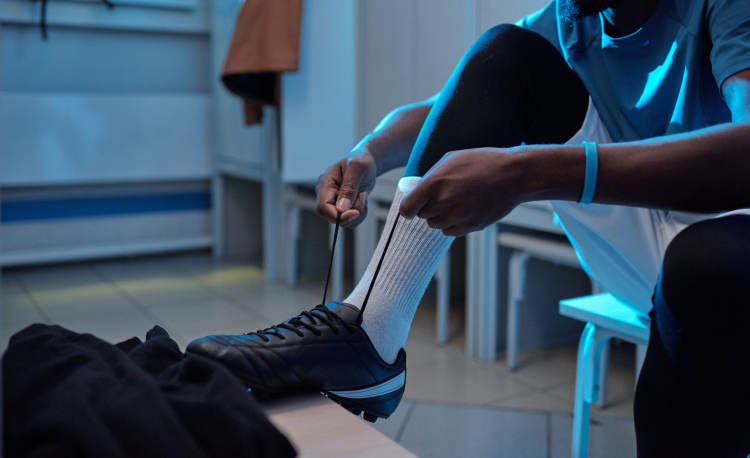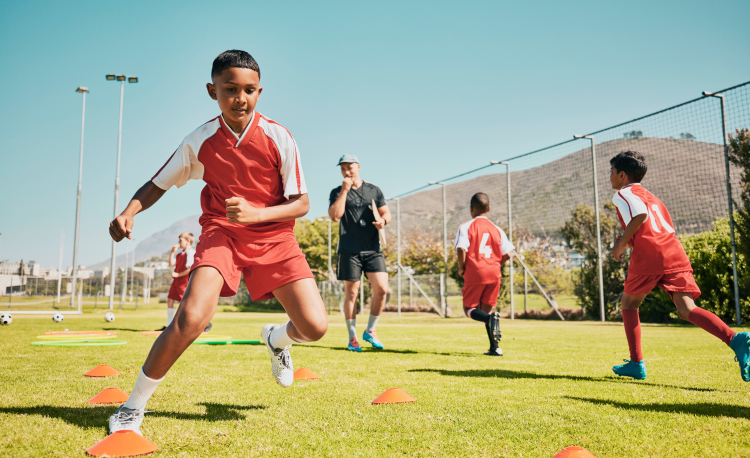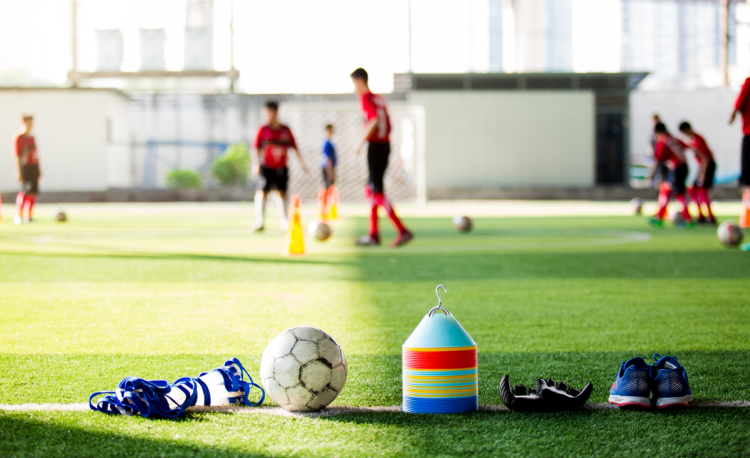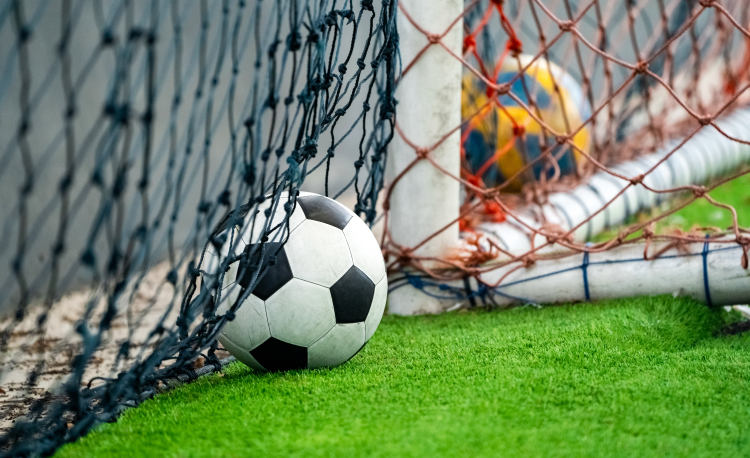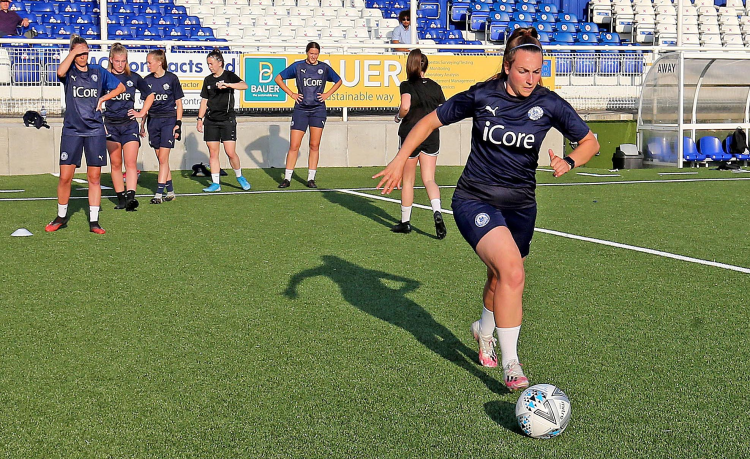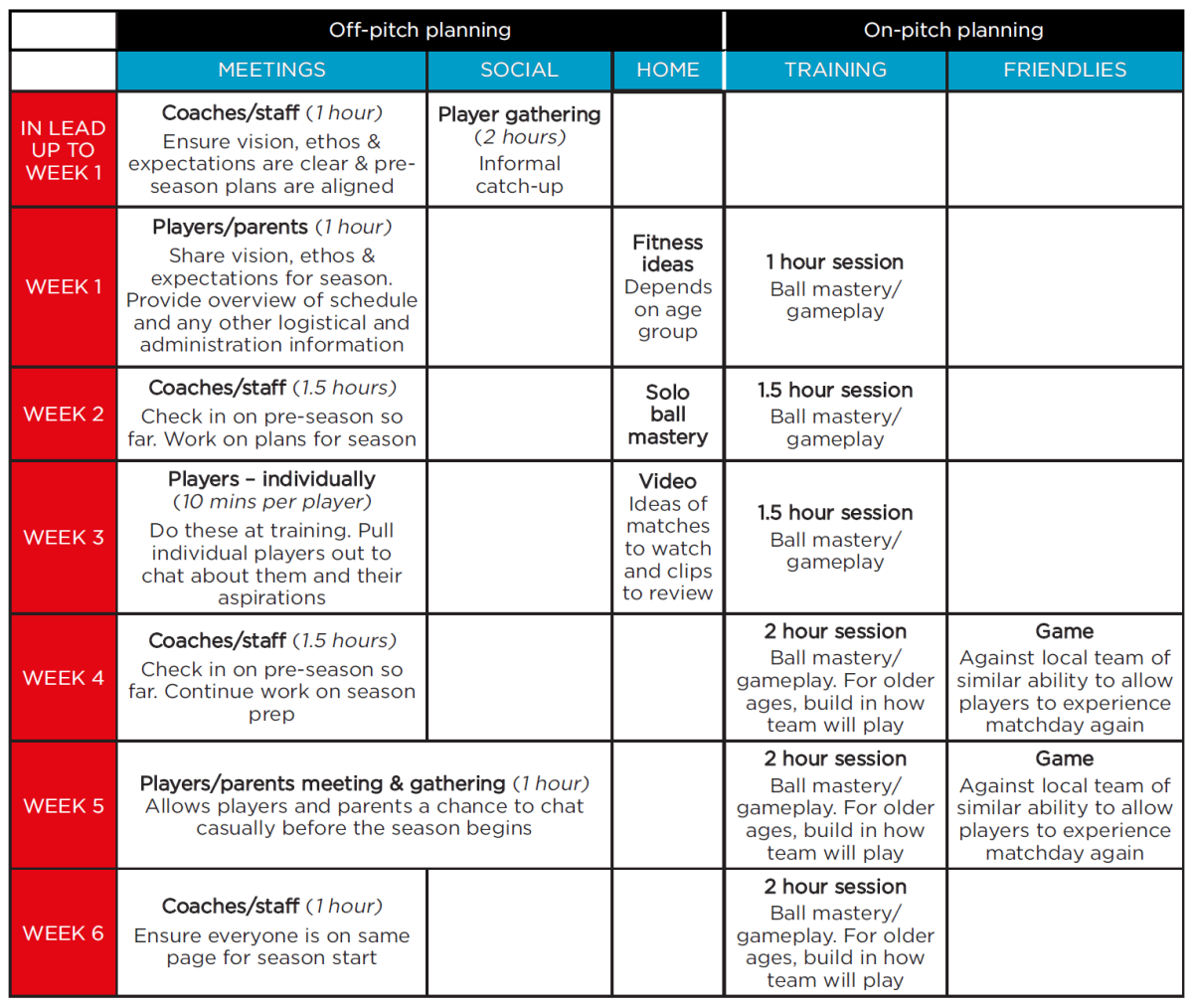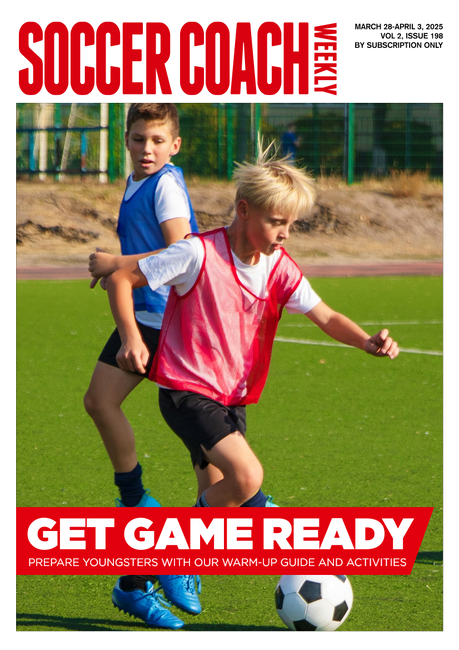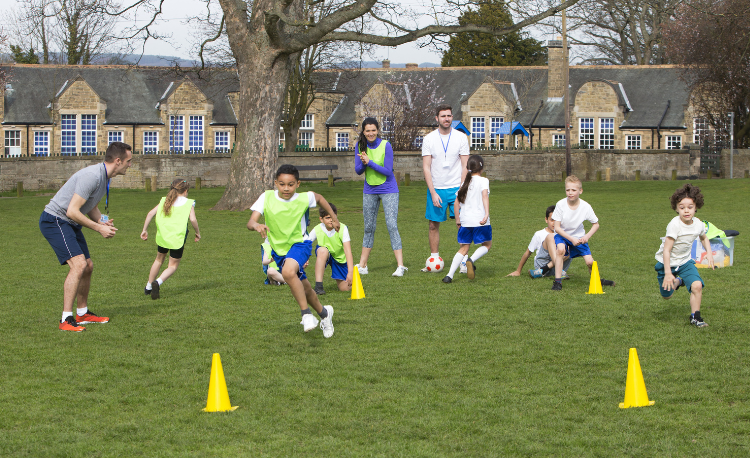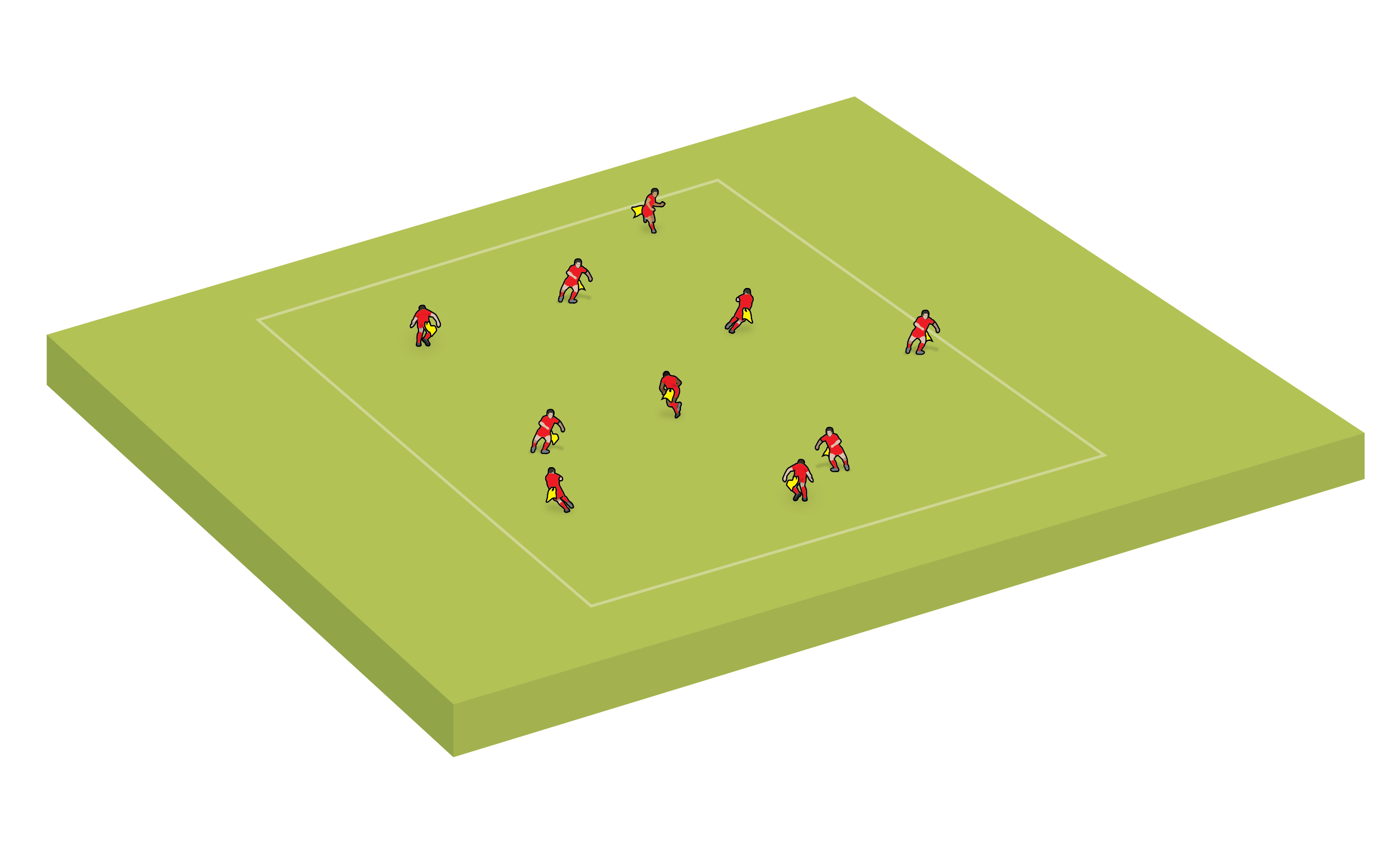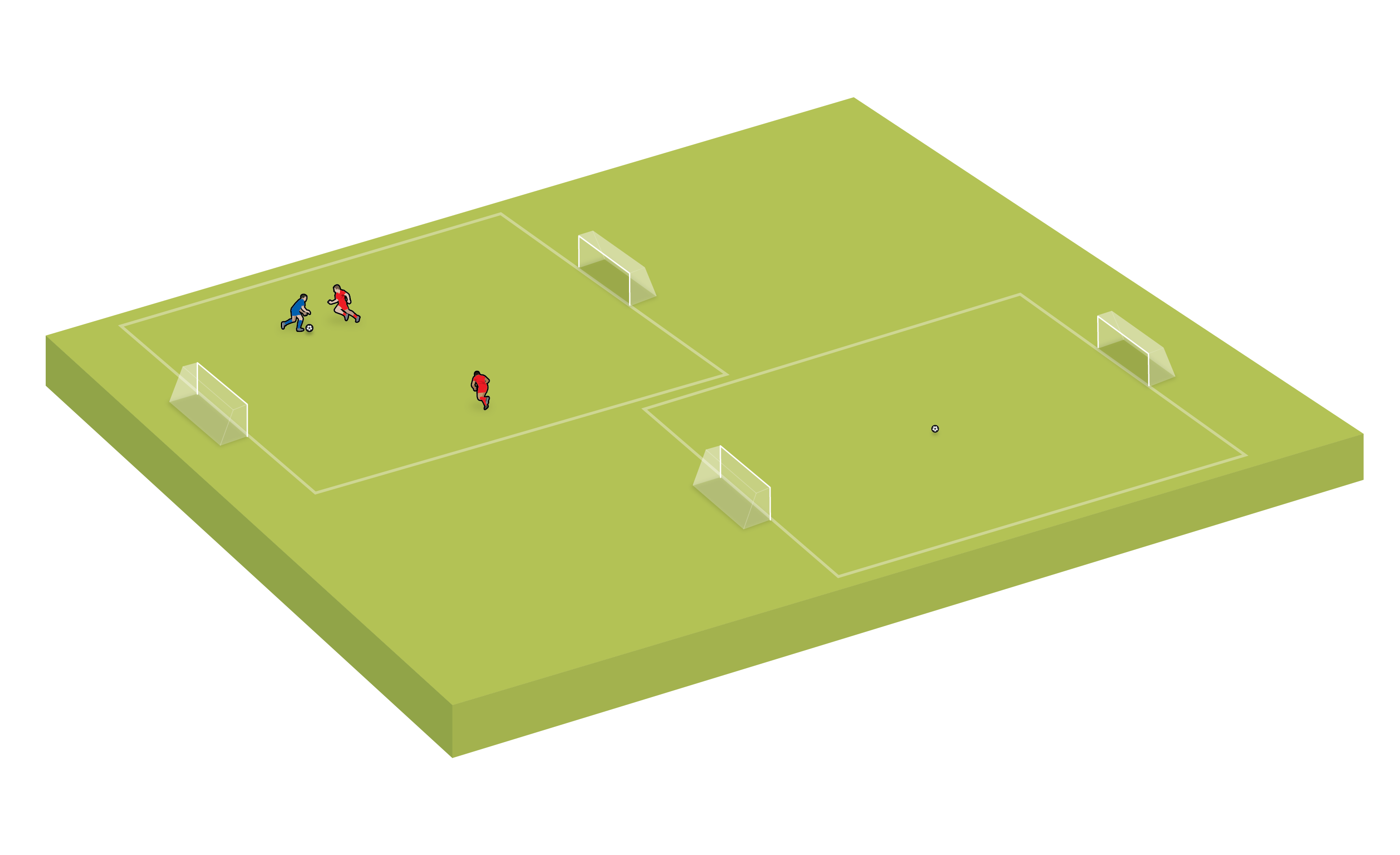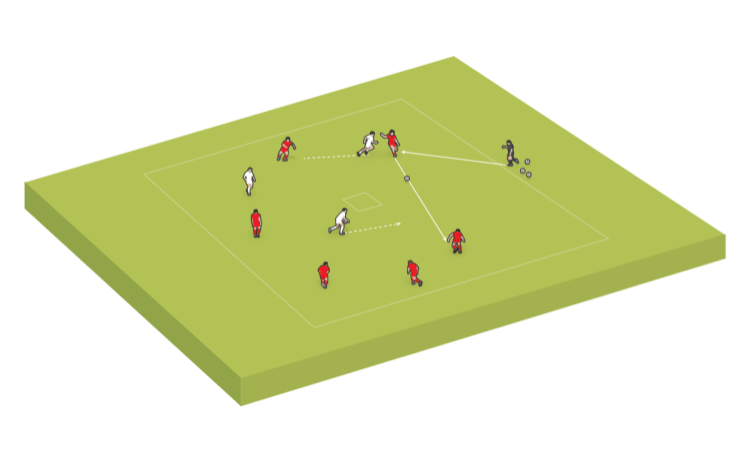Building your team's pre-season schedule
What to include, on and off the pitch, to prepare players for the new campaign.
The length of pre-season – the training period that occurs directly before the regular season begins – can vary, but it usually lasts between four and six weeks.
This should allow for adequate off-season time for your players, to give them much-needed down time.
Some teams organise informal training sessions, matches and tournaments to keep players active over the close season. While these can serve a purpose, it is important to give your players a proper break.
Teams should have a minimum of four weeks off, allowing players and coaches time to rest, both physically and mentally. Once refreshed and reset, preparations for the new season can begin...
What to include in your pre-season schedule
On pitch
On the pitch, a pre-season programme should include a series of training sessions, plus some friendlies/exhibition games/tune-ups or tournaments.
Training sessions
Pre-season training sessions should be between an hour and two hours long.
The length of sessions can vary, perhaps getting longer as pre-season progresses to allow players to build into it.
In many countries, pre-season often takes place in the summer months when the pitches are at their hardest and the weather is at its hottest.
This, combined with the fact that players are at a higher risk of injury, having had some time away from the game, means we must pay particular attention to the warm-up and cool-down phases of sessions, and include lots of breaks to ensure players can stay well-hydrated.
Your training sessions should allow players to increase their base strength and endurance and tune their soccer movements.
In terms of training session topics – keep it simple. Focus on the key fundamentals of passing, receiving and moving with the ball, and everything else will take shape.
Friendlies/exhibition matches or tournaments
As you get closer to the start of the new season, you might want to organise some match play for your team.
This will allow your players to get used to playing again and help ease any nerves before upcoming competitive games.
When playing friendlies/exhibitions, or taking part in tournaments, it’s important to remember their purpose: to help players get ready for the new season.
We should manage the environment to ensure it is not about winning or ‘being ready to go’, tactically; rather, it is about getting used to match play again.
Choose these friendlies and tournaments wisely. Pick opposition of a similar level to you and, if you can, work with the opposing coach to enable you both to get your desired outcomes.
Off pitch
Off the pitch, pre-season should include meetings with coaches and staff, and players and parents, as well as some social activities and ideas for home learning.
Meetings
Staff meetings: These make sure everyone is on the same page. Remind colleagues of the club or team’s vision, ethos and expectations and ensure everyone is pulling in the same direction by signing a coach code of conduct.
You should chat about what the upcoming season looks like. These meetings are also a time to address any admin, logistics, equipment and planning matters.
Player meetings: Group player meetings are a chance to set standards and expectations for the season ahead. Club codes of conduct can be refreshed and signed by all.
Use these meetings to address any player queries or concerns. They can be run in tandem with parent meetings, or separately.
Individual player meetings can be used to understand your players: who they are, what they want and how they operate.
You can talk to them on a personal level, and on a soccer level, discussing things like positions (depending on age), game understanding and their hopes and aspirations.
These chats can help you form individual development plans for your players.
Parent meetings: These discussions allow parents to get to know the coaches a bit more.
You can set out plans for the season and discuss logistical and administration pieces, such as training times and locations, and the required kit.
You can also set out standards and expectations for the season, explaining what you stand for as a club, the commitment required from each of the players, and share a parent code of conduct, which stands alongside the codes for both coaches and players.
Social activities
Small get-togethers away from soccer are a great way to allow existing players to ease back into the team environment and integrate new players into the group.
Activities like bowling, minigolf or trampolining can be a great way for players to have fun together.
Home learning
Some players may want ideas about things they can be doing at home to prepare for the upcoming season.
You could share some fitness ideas, individual ball-mastery sessions or suggest videos and clips for players to watch.
There are some important caveats, though.
Firstly, when it comes to fitness work, remember that if a player does something on your recommendation at home, and gets injured, you may be liable. Take advice from your club and ensure the content comes from reputable sources.
Secondly, not all players will want to engage with this stuff. Make it an option, rather than an obligation.
an example of a six-week pre-season plan
The below is an example six-week pre-season plan you can base your club’s schedule on.
Adapt it based on how long you have got for pre-season and the elements specific to your environment.
Once you have your pre-season plan defined, it’s important to share that information with players and parents so they know what to expect over the coming weeks.
In summary, it is important that you don’t put too much pressure on pre-season.
It is a chance to set the tone and environment for the coming season, and for players to get to play and enjoy themselves.
The better you plan, the more chance you have of making that a reality.
Related Files
Coaches Testimonials
Pre-Season Training
Discover the simple way to become a more effective, more successful soccer coach
In a recent survey 89% of subscribers said Soccer Coach Weekly makes them more confident, 91% said Soccer Coach Weekly makes them a more effective coach and 93% said Soccer Coach Weekly makes them more inspired.
*includes 3 coaching manuals
Get Weekly Inspiration
All the latest techniques and approaches
Soccer Coach Weekly offers proven and easy to use soccer drills, coaching sessions, practice plans, small-sided games, warm-ups, training tips and advice.
We've been at the cutting edge of soccer coaching since we launched in 2007, creating resources for the grassroots youth coach, following best practice from around the world and insights from the professional game.
